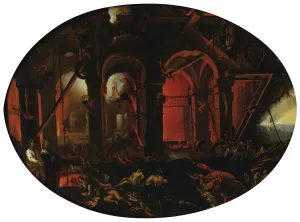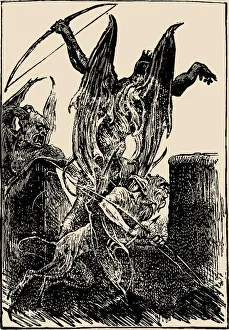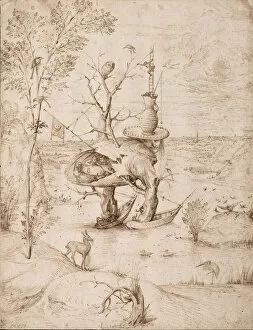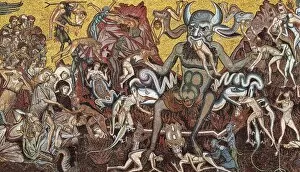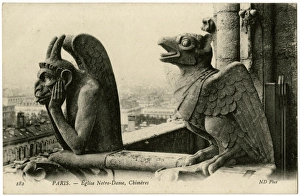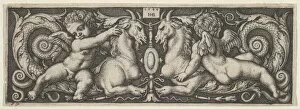Chimeras Collection
"Exploring the Enigmatic World of Chimeras: From Mythology to Art" Delve into the captivating realm of chimeras, where reality intertwines with imagination
All Professionally Made to Order for Quick Shipping
"Exploring the Enigmatic World of Chimeras: From Mythology to Art" Delve into the captivating realm of chimeras, where reality intertwines with imagination. This 150-caption takes you on a journey through various artistic representations that showcase these hybrid creatures throughout history. Beginning with Filippo Napoletano's "The Hell, " we are introduced to a mesmerizing artwork that depicts chimeras lurking in the depths of darkness. Moving forward, we encounter Chimaira and Chimera, iconic figures from Greek mythology who embody this fantastical concept. Venturing into historical Rome, Italy, an intriguing digital reproduction of an 18th-century original showcases the enigma surrounding chimeras. The exact date remains unknown but leaves us pondering their significance in ancient times. In John Bunyan's "The Pilgrim's Progress, " Beelzebub emerges as an embodiment of evil and temptation. An illustration captures his presence within this literary masterpiece, further emphasizing the allure and danger associated with chimera-like beings. Transitioning to art from c. 1505 titled "The Tree Man, " we witness a fusion between human and nature—a metaphorical representation highlighting our connection to the environment and its transformative power. Notre Dame Cathedral in Paris becomes another stage for chimeric wonders as they adorn its architecture. These mythical creatures add a touch of mystery and intrigue to one of France's most iconic landmarks. Fast-forwarding to 1897, Le Mostre (The Monster) captivates viewers' attention by showcasing grotesque yet fascinating creatures born out of artistic expression—an exploration into humanity's fascination with what lies beyond conventional boundaries. Henri Patinier's rendition of "The Hell" after 1454 offers a glimpse into infernal landscapes inhabited by monstrous entities—challenging our perceptions while simultaneously evoking awe-inspiring emotions.

